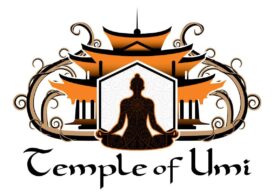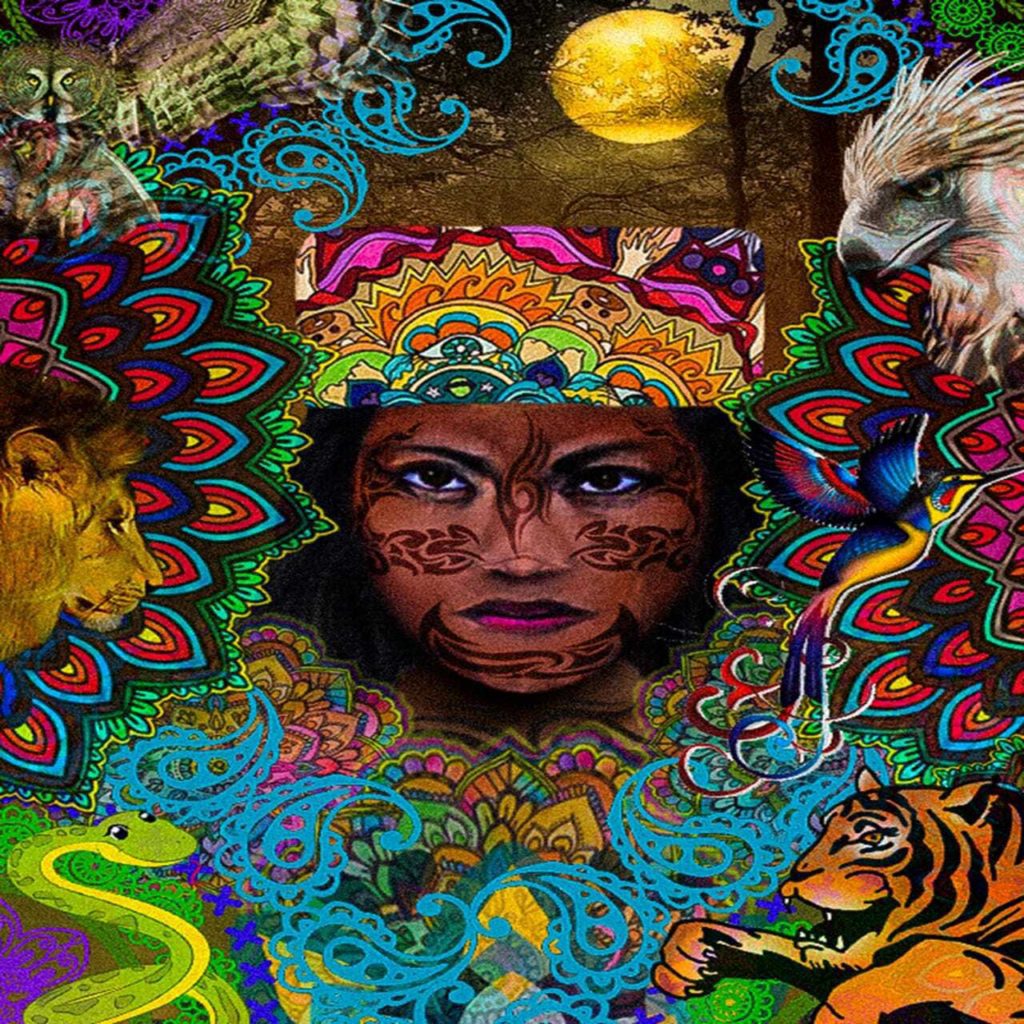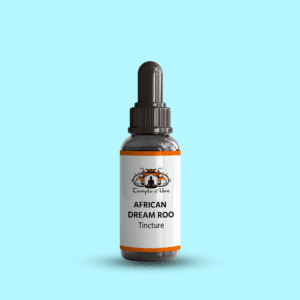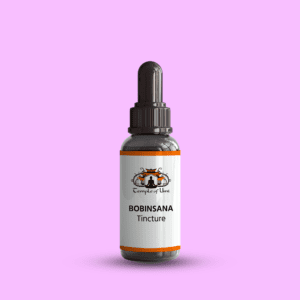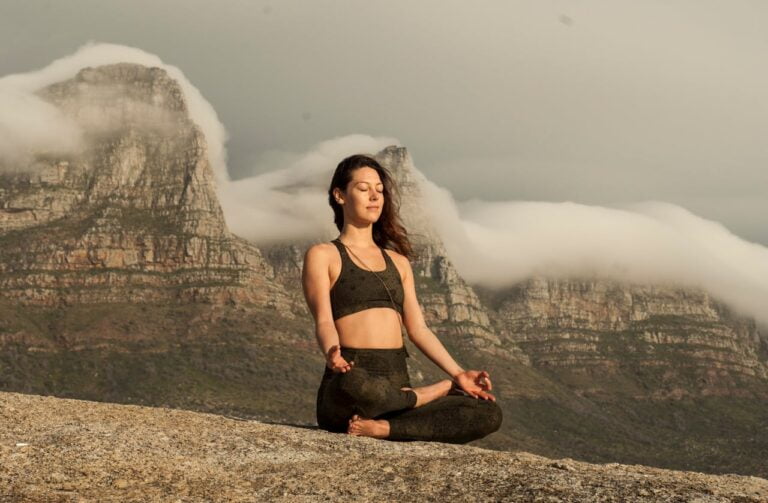Discover the importance of integrating your Ayahuasca experience into daily life. Learn about effective tools, practices, and community support to ensure lasting personal growth and transformation.
Introduction
Ayahuasca, a potent and sacred brew, has its roots deeply embedded in the heart of the Amazon rainforest. This traditional concoction, made from the Banisteriopsis caapi vine and the Psychotria viridis leaf, has been used for centuries by indigenous peoples for spiritual and healing purposes. The brew is known for its psychoactive properties, leading to profound experiences often described as transformative or life-changing.
There’s been a significant surge in global interest in Ayahuasca in recent years. People from all walks of life seek it out for its potential to provide deep spiritual insights and its purported healing effects on mental and physical health. This rise in popularity has sparked discussions about spirituality, consciousness, and the potential therapeutic benefits of psychedelic substances.
Understanding Ayahuasca
What is Ayahuasca? Ingredients and Preparation
Ayahuasca is more than just a drink; it blends two main ingredients: the Ayahuasca vine (Banisteriopsis caapi) and Chacruna leaves (Psychotria viridis). The vine acts as an MAOI (Monoamine Oxidase Inhibitor), while the leaves contain DMT (Dimethyltryptamine), a powerful psychedelic compound. Combined, these ingredients allow the DMT to be orally active, leading to extended periods of intense visual and mental experiences. Learn more.
Historical and Cultural Significance in Indigenous Communities
For centuries, Ayahuasca has been a cornerstone of spiritual and medicinal practices among various indigenous tribes in the Amazon. It’s used in rituals and ceremonies to heal illnesses, communicate with spirits, and transmit knowledge across generations. The brew is a means to connect with the spiritual world, offering guidance and wisdom.
Legal Status Around the World
The legal status of Ayahuasca varies significantly from country to country. Its use is legal or tolerated in many South American countries, especially within religious and traditional contexts. However, in other parts of the world, the ingredients used to make Ayahuasca, particularly DMT, are classified as controlled substances, making the brew’s preparation and consumption illegal. This legal disparity reflects the ongoing debate about Ayahuasca’s risks and benefits.
Preparing for the Ayahuasca Experience
Setting Intentions: The Importance of Mental Preparation
Embarking on an Ayahuasca journey requires significant mental preparation. Setting clear intentions can guide the experience, helping participants focus on personal growth, healing, or seeking answers to life’s profound questions. This mental preparation is crucial for navigating the challenging aspects of the journey. Learn more.
Choosing the Right Setting: Retreats vs. Traditional Ceremonies
- Retreats: Often located in picturesque, secluded settings, these provide structured experiences focusing on comfort and support.
- Traditional Ceremonies: Led by experienced shamans, these are authentic experiences rooted in indigenous practices.
The choice between a retreat and a traditional ceremony depends on personal preferences, the desire for authenticity, and the level of support needed.
Physical Preparation: Diet, Health Considerations, and Safety Protocols
Preparing for an Ayahuasca ceremony involves more than just mental readiness; physical preparation is also essential. Participants are advised to follow a special diet, often referred to as the Ayahuasca diet, which excludes processed foods, spicy and fermented foods, caffeine, and alcohol. This diet helps purify the body and ensures a safer experience. It’s also important to consider health considerations and consult with medical professionals before participating, especially for those with mental health issues or taking certain medications. Safety protocols and guidelines provided by the facilitators should be followed closely to ensure a safe and meaningful experience.
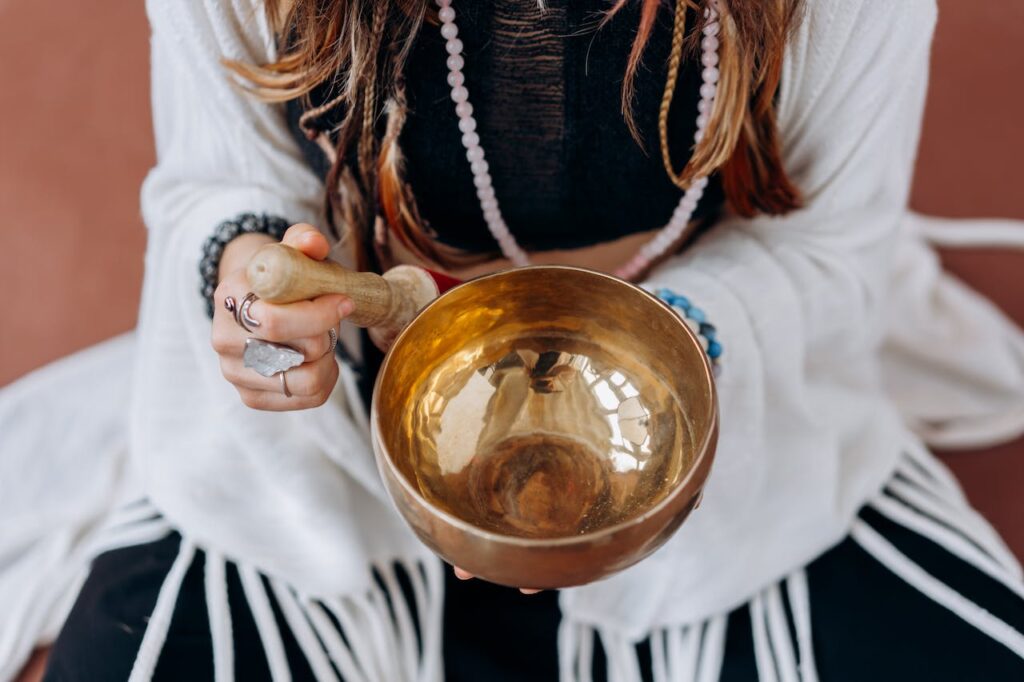
The Ayahuasca Ceremony Explained
The Role of the Shaman or Facilitator
- The Shaman, or facilitator, is the spiritual guide of the Ayahuasca ceremony. Trained in the traditions of Ayahuasca use, they prepare the brew, lead the ceremony, and guide participants through their experiences.
- They ensure the safety and comfort of participants, often using songs called Icaros to navigate and influence the journey, providing a protective and healing presence throughout the experience.
Everyday rituals and practices during a ceremony
- Purification: Many ceremonies begin with a purification ritual, using smoke or perfumed water to cleanse the space and participants.
- Intention setting: Before drinking Ayahuasca, participants are encouraged to set personal intentions, focusing on what they wish to heal or understand.
- The consumption: The Ayahuasca brew is consumed in a ceremonial setting, often in complete darkness or dim light, to enhance introspection.
- Closing rituals: The ceremony concludes with sharing circles, where participants can discuss their experiences and grounding activities to reintegrate.
What to expect: Phases of the Ayahuasca experience
- Onset: The effects can begin within 20 to 60 minutes, characterized by visual and auditory sensations.
- Peak: Intense emotional, visual, and spiritual experiences can occur, often bringing profound insights or confrontations with personal issues.
- Resolution: As the effects wane, participants often report a sense of peace, enlightenment, or a newfound perspective on life.
Personal Narratives: Diverse Ayahuasca Journeys
Healing stories: Overcoming mental and physical ailments
- Participants reported significant breakthroughs in treating depression, anxiety, and PTSD, attributing these improvements to the introspective insights gained during their Ayahuasca experiences.
- Physical healing narratives include alleviation of chronic pain and improvement in autoimmune diseases, with some attributing these effects to the cleansing properties of Ayahuasca.
Spiritual awakenings: Insights and revelations
- Many describe experiencing profound spiritual awakenings, deep connection with the universe, or receiving messages from higher entities.
- These insights often lead to life changes, such as heightened environmental awareness, shifts in personal values, or a renewed sense of purpose.
Challenges and difficulties: Navigating intense experiences
- Not all Ayahuasca experiences are positive; some confront challenging visions or relive traumatic events. These complex journeys, however, are often described as necessary for personal growth.
- The importance of integration support post-ceremony is emphasized to process and make sense of these intense experiences.
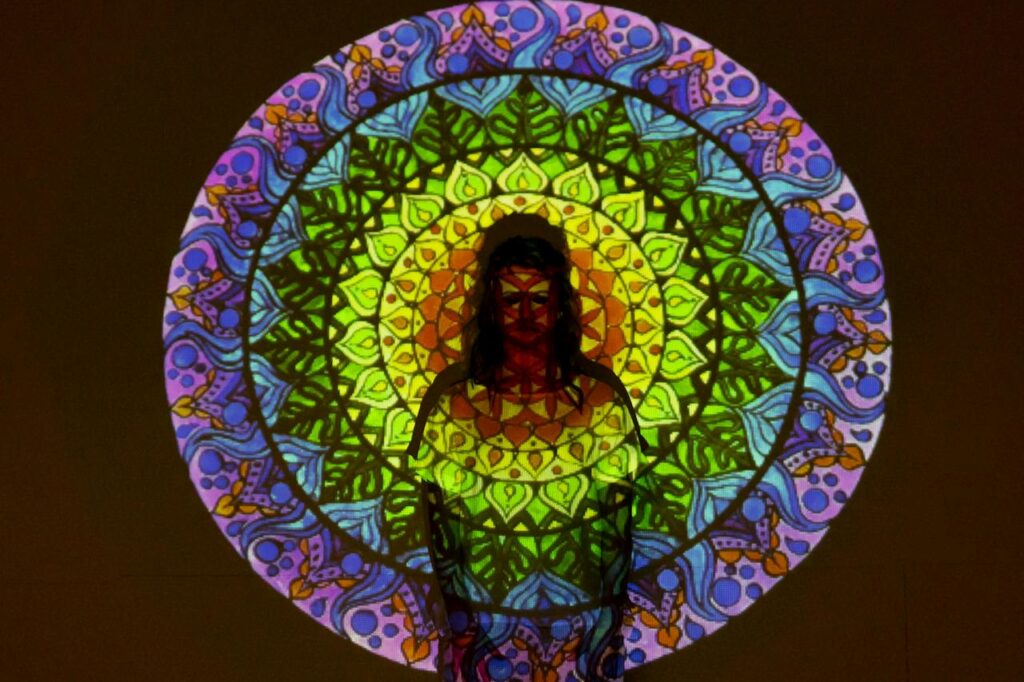
The Science Behind Ayahuasca
Psychoactive compounds: DMT and harmalas
- Ayahuasca contains DMT (N, N-Dimethyltryptamine), a powerful psychedelic, and harmala alkaloids, which inhibit the body’s breakdown of DMT, extending its psychoactive effects.
- These compounds are thought to contribute to the vivid visions and profound emotional experiences users report. Learn more.
Research on Ayahuasca: Mental health and neuroplasticity benefits
- Preliminary studies suggest Ayahuasca may enhance neuroplasticity, leading to positive effects on brain health and function, potentially offering new pathways for treating mental health disorders.
- Research highlights its potential to reduce depression symptoms, improve mood, and enhance emotional regulation, with effects lasting beyond the immediate aftermath of the ceremony.
Debunking myths: Risks and misconceptions
- While Ayahuasca is touted for its healing properties, it’s important to address risks, including potential interactions with medications and pre-existing health conditions.
- Misconceptions about its safety underscore the importance of participating in ceremonies led by experienced and reputable facilitators, emphasizing preparation, setting, and integration as key to a safe experience.
Integration: Life After Ayahuasca
The journey with Ayahuasca doesn’t conclude as the brew’s effects dissipate. Instead, a new chapter unfolds—integrating the profound insights and transformations into daily life. This integration is crucial for lasting change and personal growth. Here’s how to navigate this essential phase: Learn more.
- The Importance of Integrating the Experience into Daily Life: The visions and emotional revelations experienced during an Ayahuasca ceremony can be life-changing. However, the actual test begins when integrating these lessons into one’s life, transforming insights into actionable change. This process can enhance personal development, improve relationships, and lead a more fulfilled life.
- Tools and Practices for Integration:
- Journaling: Writing down thoughts, feelings, and revelations can help process the experience and translate it into meaningful life changes.
- Meditation and Mindfulness: Regular practice can maintain the sense of peace and connectedness experienced during the ceremony.
- Professional Guidance: Working with a therapist or a coach who understands psychedelic experiences can provide valuable support in interpreting and integrating these experiences.
- Creative Expression: Art, music, and dance are potent outlets for expressing and processing the emotional depth of an Ayahuasca journey.
- Finding Community Support: Connecting with others who have undergone similar experiences can provide comfort, understanding, and shared wisdom. Many find solace in community groups, online forums, or post-ceremony integration circles offered by retreat centers.
Ethical and Environmental Considerations
As Ayahuasca’s popularity surges, so do concerns about its impact on indigenous cultures and the environment. Here’s how to approach Ayahuasca ethically and sustainably:
- Sustainability: The demand for Ayahuasca has led to concerns about the overharvesting of its ingredients, threatening the ecological balance of the Amazon and the traditions of indigenous communities. Sustainable practices include supporting initiatives that cultivate Ayahuasca plants responsibly and protect the rainforest.
- Ethical Practices: Choosing responsible Ayahuasca providers is paramount. Ethical providers adhere to traditional practices, ensure safety and respect for participants, and give back to the indigenous communities whose knowledge they share. They also work to minimize environmental impact and support the preservation of Ayahuasca’s cultural heritage.
Final words
Ayahuasca offers a personal and collective journey of profound growth, insight, and healing. Its potential for transformative change comes with the responsibility to approach the experience with respect, humility, and an awareness of the broader ethical and environmental implications. By honoring the sacredness of the Ayahuasca tradition, participants join a global community committed to personal development and preserving an ancient cultural heritage. In this journey, integrating the Ayahuasca experience into daily life and choosing ethical and sustainable practices are vital to ensuring that the benefits of Ayahuasca extend beyond the individual, contributing to the well-being of the planet and future generations.
